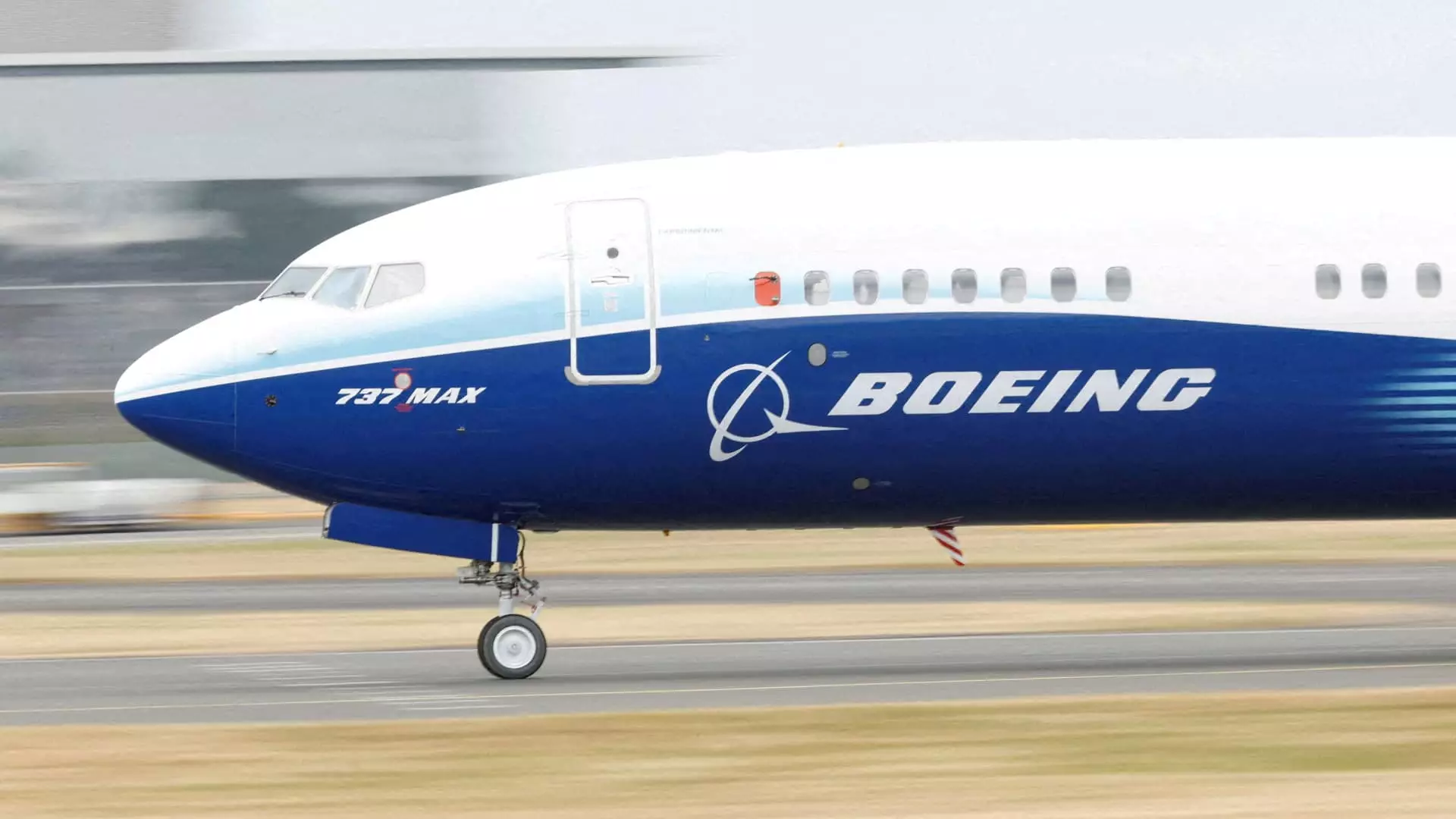Boeing, a leading aerospace giant, is facing yet another crisis following a series of mid-flight technical failures, including a door panel blowing off a new Alaska Airlines 737 Max 9 while in midair on Jan. 5. The Federal Aviation Administration and Justice Department are now intensively scrutinizing the company, with the FAA capping production of Boeing’s 737 aircraft at 38 per month as part of its investigation into manufacturing practices. All 737-9 Max aircraft with door plugs were grounded on Jan. 6 due to safety concerns.
Tim Clark, President of Emirates Airline, emphasized the importance of having engineers in leadership roles at Boeing to tackle the ongoing crisis. He mentioned that a strong engineering lead, coupled with a governance model that prioritizes safety and quality, is essential for the company’s revival. Clark highlighted the need for integrating the voice of the factory floor into the decision-making process and risk management strategies within Boeing’s governance model.
Aviation analysts and former Boeing employees have criticized the company for sidelining engineers in its senior management ranks. With the retirement of the outgoing CEO of Boeing’s Commercial Airplanes division, Stan Deal, Boeing is undergoing a major management shakeup. Stephanie Pope has taken Deal’s place, while Boeing CEO Dave Calhoun is set to step down by the end of 2024. The lack of engineering backgrounds among the top executives at Boeing has raised concerns about the company’s approach to addressing technical challenges.
Boeing faced a major crisis in 2018-2019 when two of its new 737 Max jets crashed within six months, resulting in the deaths of 346 individuals. The grounding of the 737 Max worldwide for almost two years revealed design flaws, inadequate pilot training, and regulatory non-compliance issues within Boeing. The company incurred hefty fines and underwent a senior management overhaul in response to the crisis.
Following the recent Alaska Airlines incident, the FAA conducted a six-week audit of Boeing and Spirit AeroSystems, uncovering multiple instances of non-compliance with manufacturing quality control requirements. Issues were identified in Boeing’s manufacturing process control, parts handling, storage, and overall product quality control. The FAA notified Boeing’s leadership to address these findings as part of a comprehensive corrective action plan to improve safety and quality and to address the company’s safety culture.
In response to the FAA findings, Boeing expressed its commitment to implementing immediate changes and developing a comprehensive action plan to strengthen safety and quality. The company emphasized its focus on taking transparent and significant actions to address the identified issues. Boeing’s spokesperson reiterated the company’s dedication to rectifying systemic quality control problems and enhancing safety measures.
Boeing’s current crisis underscores the vital need for engineering leadership and a governance model that prioritizes safety and quality. By incorporating the expertise of engineers in its leadership ranks and addressing regulatory compliance issues, Boeing can work towards resolving its ongoing challenges and rebuilding trust within the aviation industry.

Leave a Reply